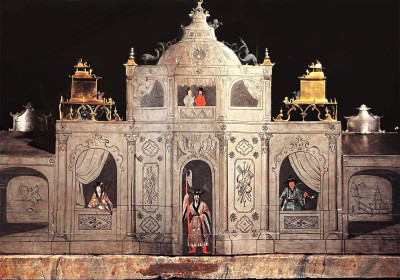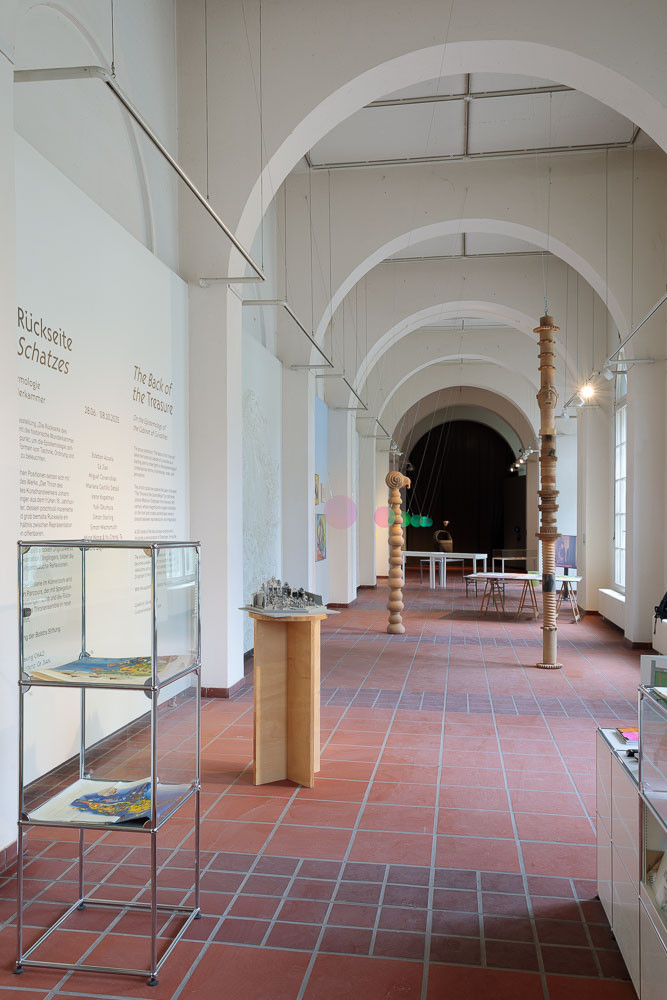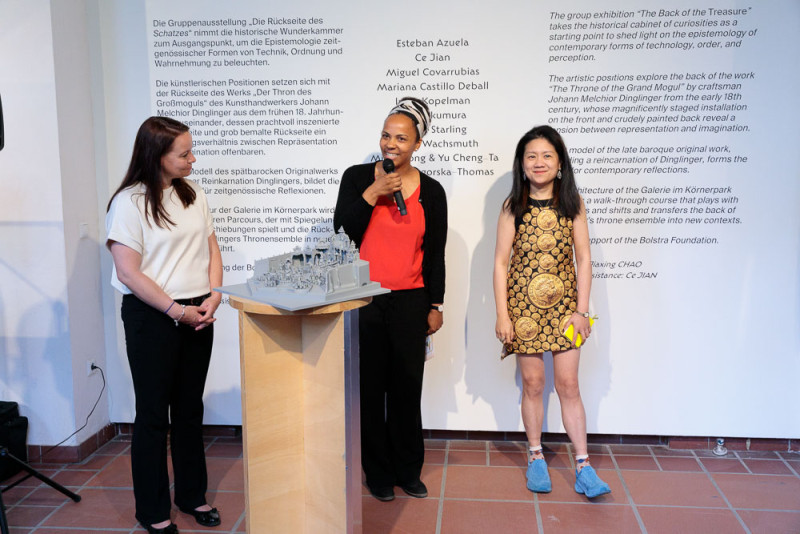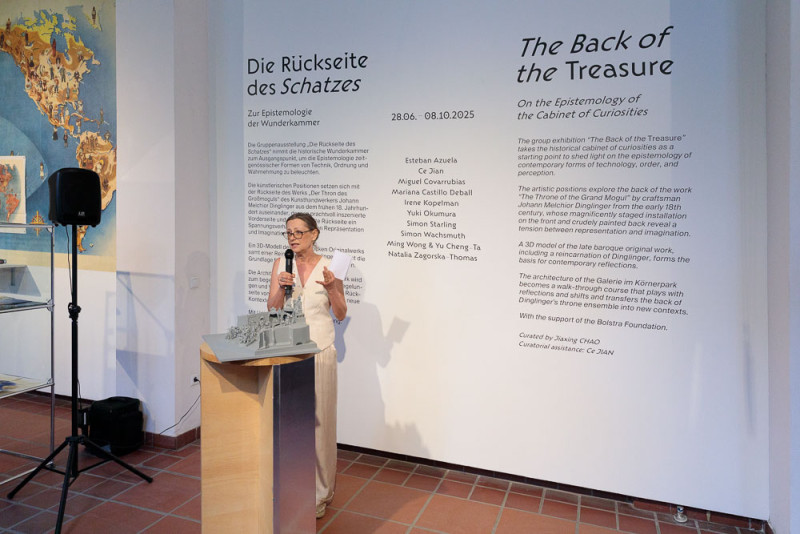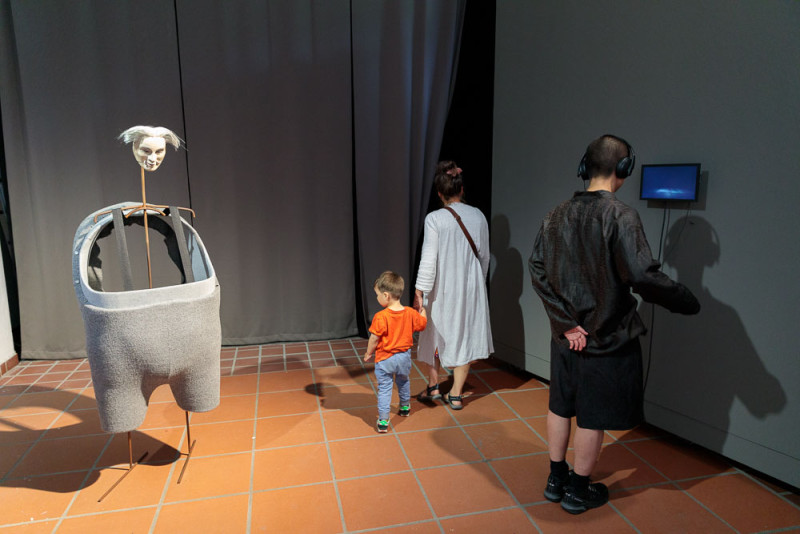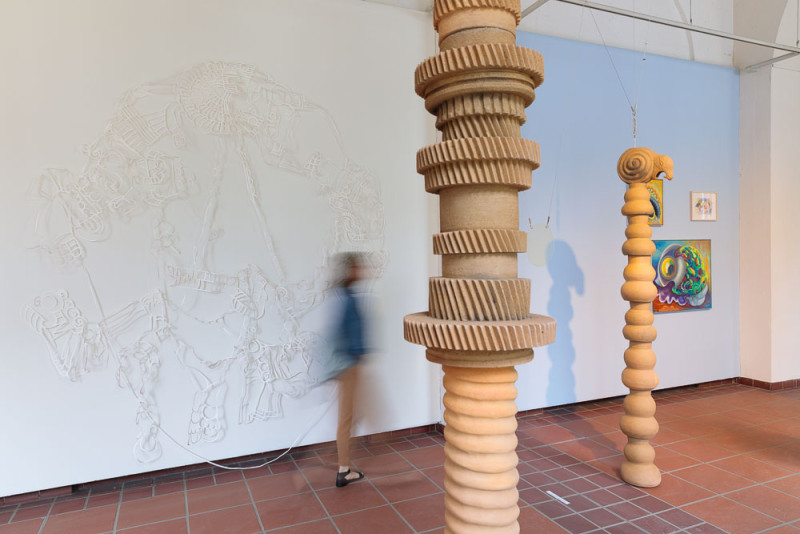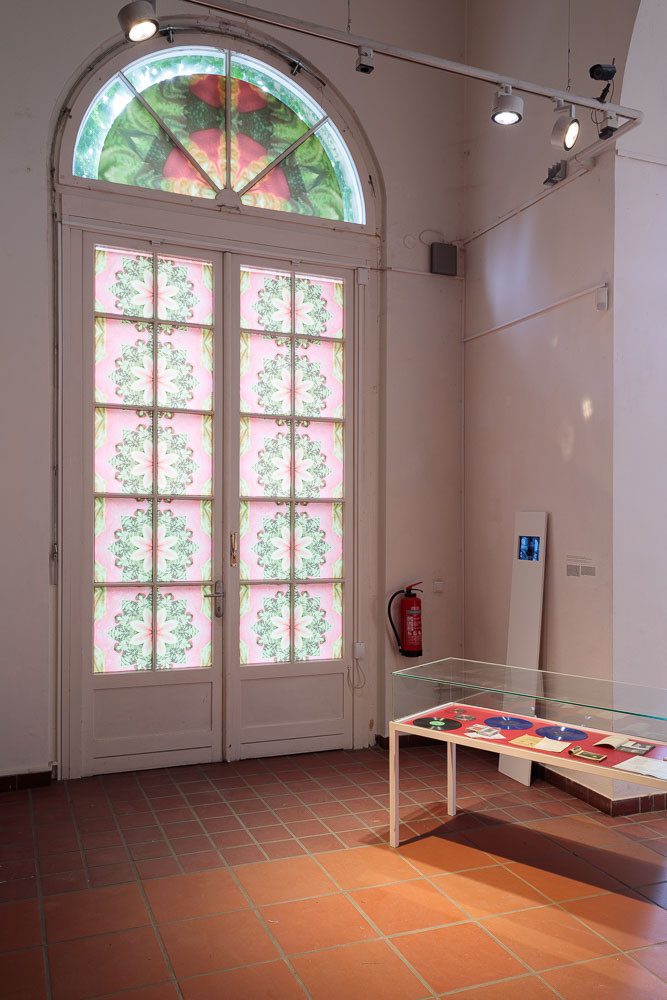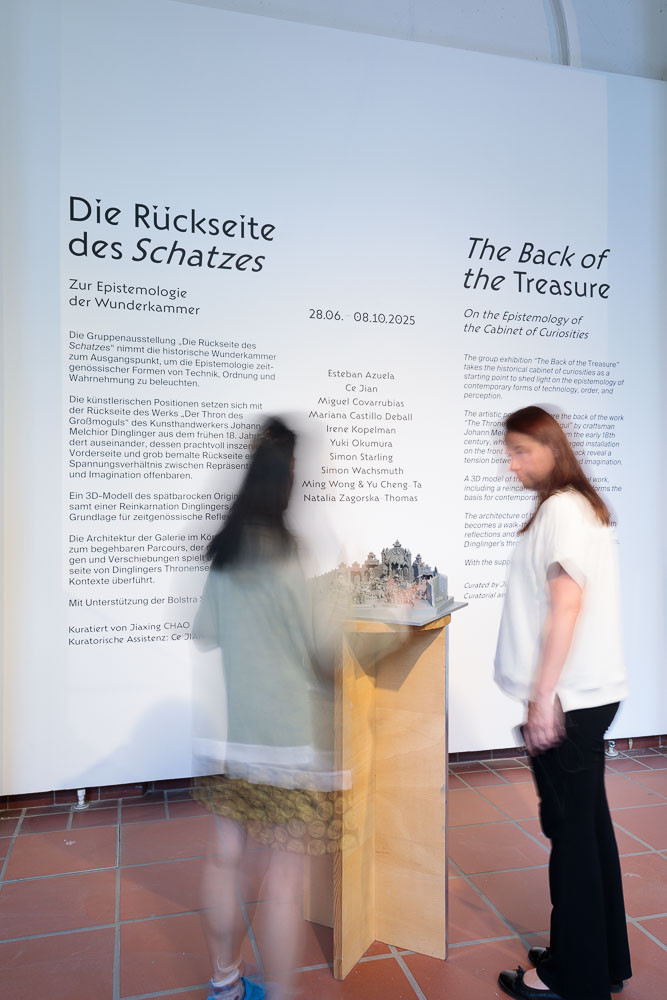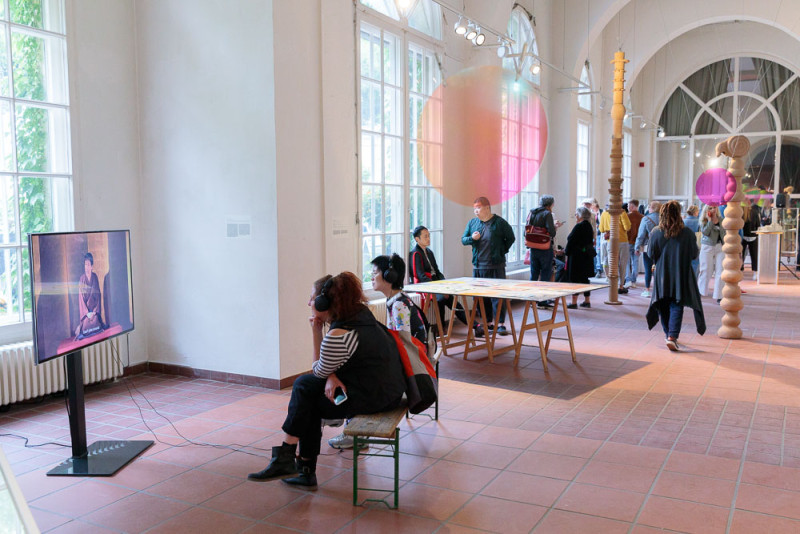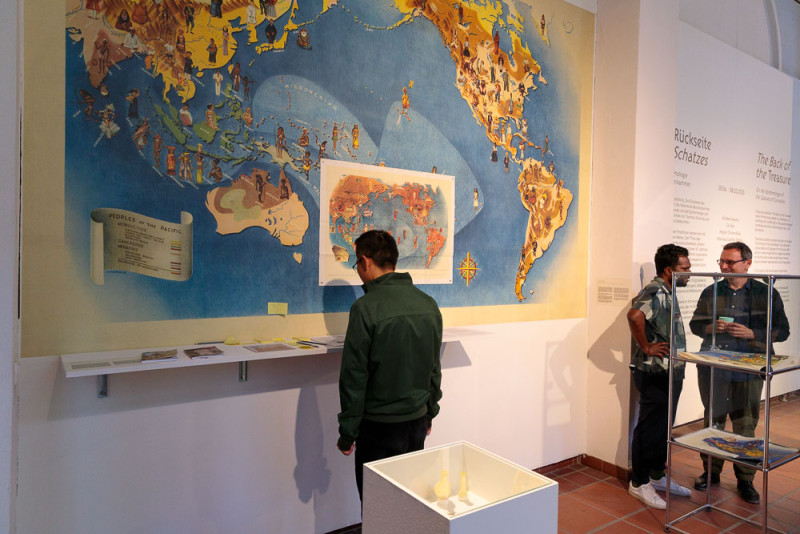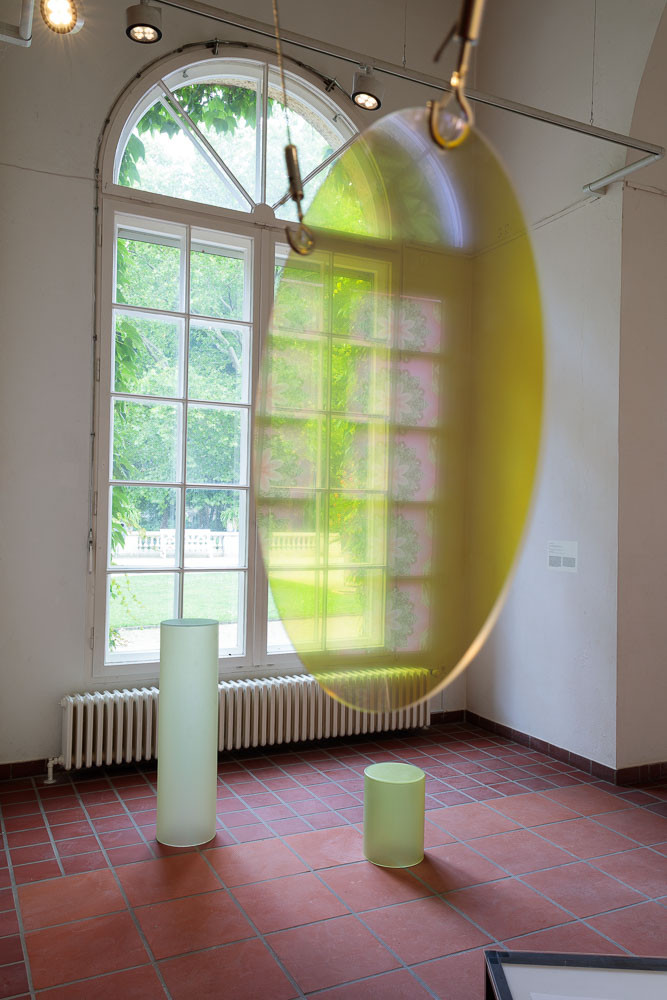Nowadays, the cabinet of curiosities has become outdated and is no longer adequate for addressing the diversity and interconnectedness of contemporary art. It represented a quasi-cognitive state of the era, in which various objects were continuously accumulated from their initially chaotic state and organized into typologies.
In exploring these questions, the intriguing piece titled Throne of the Grand Mogul (the Treasure) by Johann Melchior Dinglinger from the Grünes Gewölbe in Dresden is especially notable. Founded by Augustus the strong of Poland and Saxony in 1723, this legendary collection is renowned for its unparalleled wealth of treasures.
Under the influence of its patronage ruler, this extraordinary piece displays an opulent installation on the front, while its backside features an imaginary Orientalist scene executed in a coarse technique, its unintentional eloquence demonstrates how the painter explored the virtual and the real.
During the 18th century, a huge power driven by encyclopédisme technique (Gilbert Simondon) began to take over the world. This marked a shifting point from the traditional system of knowledge once held exclusively by groups such as craftsmen to more explosion of accessible knowledge, dispelling its mystery. In this context, the cabinet of curiosities’ strong emphasis on materiality evokes a non-material dimension. Chaos, emptiness and darkness, as cosmology notion resonate with the sloppy yet open treatment of the backside of the Treasure.
The group exhibition utilizes the distinctive architectural characteristics of the Galerie im Körnerpark, a spatial parcours referencing infinite mirror reflection is created to provide possibilities for epistemological interactions. The 3D scanned model of the Treasure, presented in the exhibition’s entrance becomes a reincarnation of the original artifact. With a digital avatar of Dinglinger himself situated in this virtual space, the historical materiality is transformed into a neutral model, similar to those commonly used in gaming, in order to open new conversations with future artists from the backside of the Treasure, unfolding in our time.
With the support of the Bolstra Foundation.
Curatorial assistance: Ce JIAN
